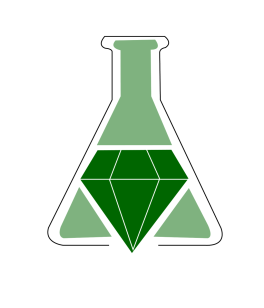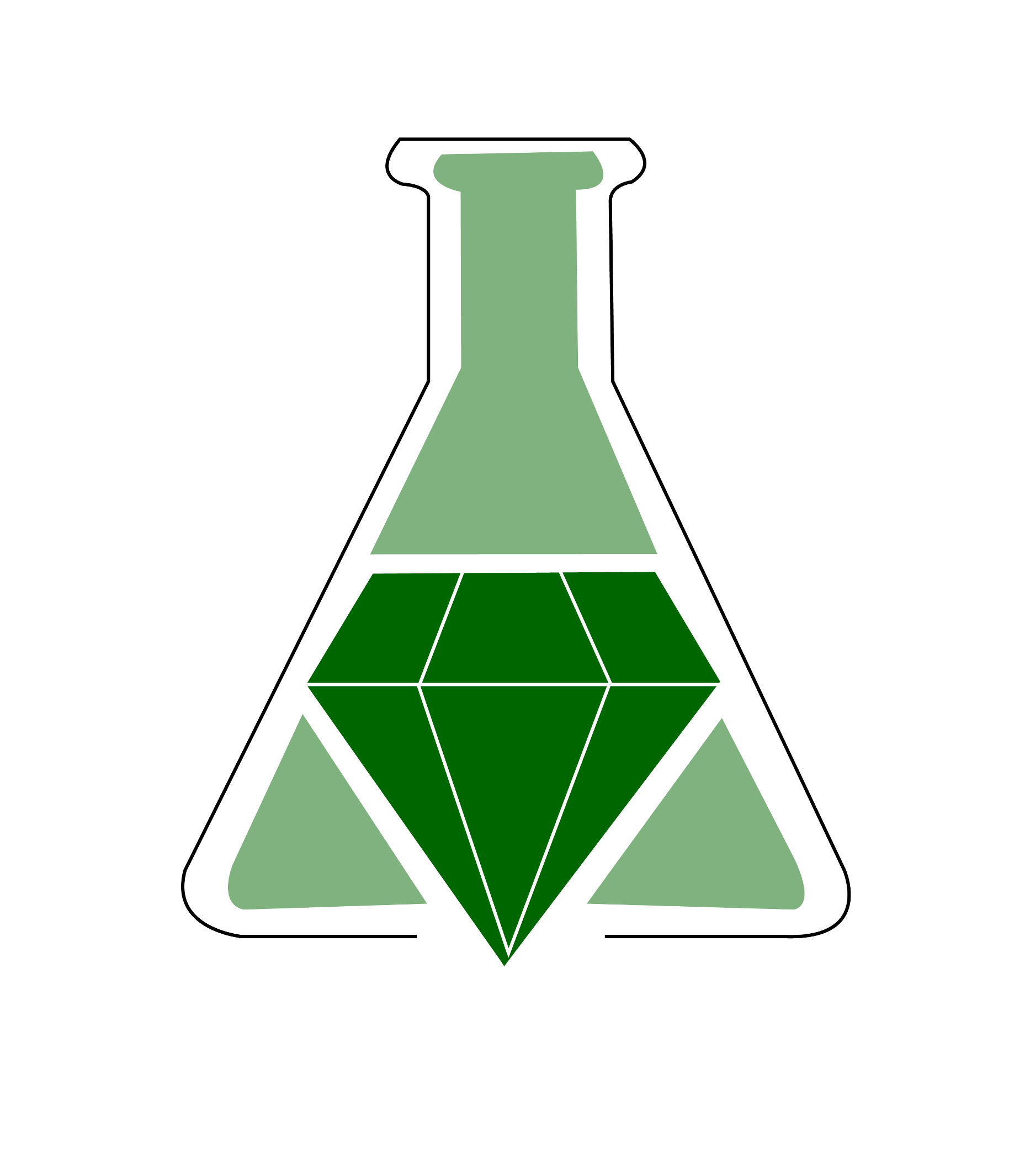A Green Alternative to Aluminum Chloride Alkylation of Xylene

Summary
The alkylation of aromatic compounds is a very important industrial process. Typically these alkylations are performed using strong Lewis acids like aluminum trichloride as catalysts. However, the use of these catalysts often requires an aqueous work-up to remove the aluminum and also leads to mixtures of products due to carbocation rearrangement.
By using graphite this greener alkylation eliminates unwanted side products and transforms the work-up to a simple filtration of the catalyst. Also notable, this green alternative uses safer and cheaper reagents than typical alkylations.
Possible teaching topics surrounding this experiment include principles of green chemistry, electrophilic aromatic chemistry, Friedel-Crafts alkylations, catalysis, thin-layer chromatography, proton NMR, and 2D NMR such as COSY.
Supplemental information includes lab equipment and chemical lists, lab procedures, student lab report forms, and instructor tips.
Summary prepared for the original GEMs database September 2008 by Douglas M. Young at the University of Oregon.
A Green Alternative to Aluminum Chloride Alkylation of Xylene
Grigoriy A. Sereda and Vikul B. Rajpara
Journal of Chemical Education 2007 84 (4), 692
DOI: 10.1021/ed084p692
By using graphite this greener alkylation eliminates unwanted side products and transforms the work-up to a simple filtration of the catalyst. Also notable, this green alternative uses safer and cheaper reagents than typical alkylations.
Possible teaching topics surrounding this experiment include principles of green chemistry, electrophilic aromatic chemistry, Friedel-Crafts alkylations, catalysis, thin-layer chromatography, proton NMR, and 2D NMR such as COSY.
Supplemental information includes lab equipment and chemical lists, lab procedures, student lab report forms, and instructor tips.
Summary prepared for the original GEMs database September 2008 by Douglas M. Young at the University of Oregon.
A Green Alternative to Aluminum Chloride Alkylation of Xylene
Grigoriy A. Sereda and Vikul B. Rajpara
Journal of Chemical Education 2007 84 (4), 692
DOI: 10.1021/ed084p692
Keywords
Safety Precautions, Hazards, and Risk Assessment
See published journal article
Link to external
